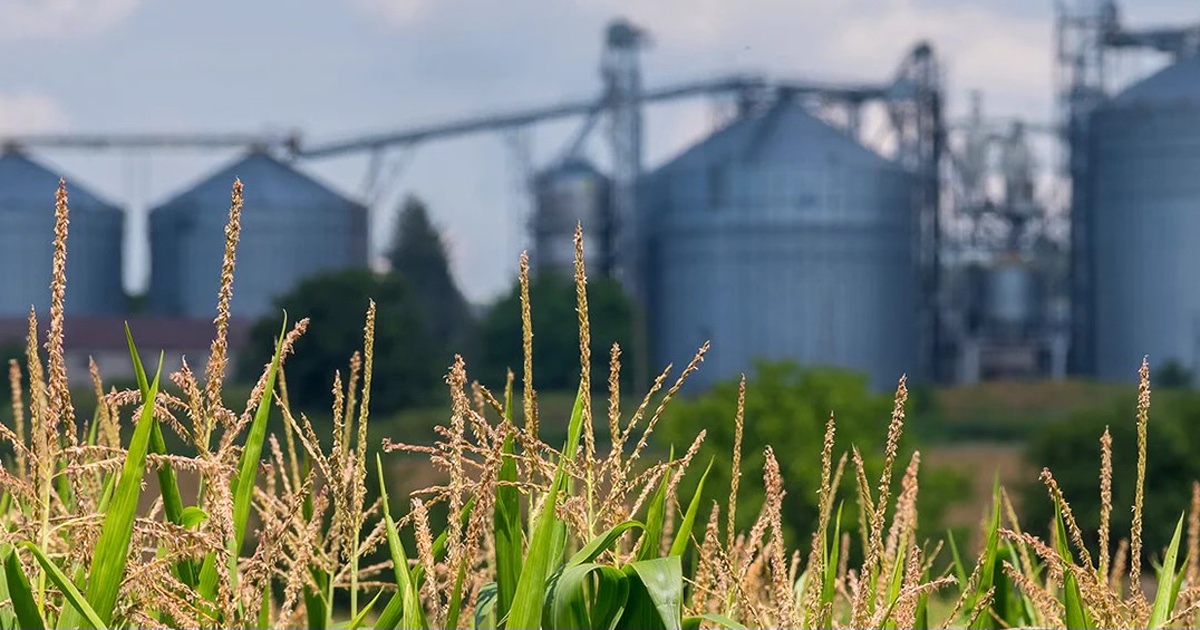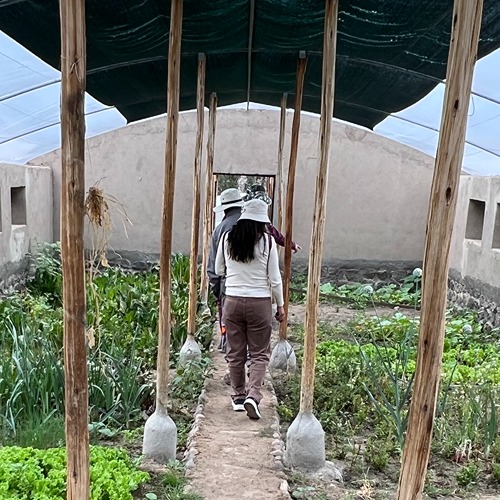New insights through antique microscope
In Arun Bhunia’s lab on the campus of Purdue University, the professor and several graduate students peer through the lenses of high-powered microscopes to inspect bacteria as part of a quest to stop the pathogens from infecting food. The machines use precisely made lenses, mirrors, and computers to make visible some of the smallest forms of life on the planet.
Across the hall, in Bhunia’s office, sits another reminder of just how far scientists have come in the last century and a half – a microscope that dates back to around the mid-1800s.
As the 2017 recipient of the Maurice Weber Laboratorian Award, Bhunia received the antique microscope, a plaque, and a $2,000 honorarium sponsored by Weber Scientific. The award is presented by the International Association for Food Protection each year to a member who has made exceptional contributions in the laboratory and shown commitment to developing or applying “innovative and practical analytical approaches in support of food safety.”
“Two hundred years ago, people used this as a powerful tool,” Bhunia said of the microscope. “Having access to this just reminds me of how science was advanced in the early days. I feel fortunate, lucky to have this award given to me.”
Maurice Weber, the nationally known dairy scientist for whom the award is named, had been president of New Jersey Dairy Laboratories, an independent laboratory that provided microbiological testing for a number of industries. He died in 2003. His son, Fred Weber, president of Weber Scientific, has made the gift of a microscope part of the award.
A note that accompanied the microscope indicates that it was likely made by R. Field & Son in Birmingham, England, sometime between 1830 and 1880, when “the company’s records ceased.” Bhunia’s acceptance of the microscope marks the second time it has been a gift. A plaque on it reads:
Presented To The
Rev’d B. Wright
by the Officers, Children & Sirvants (sic)
Of Sir Josiah Masons Orphanage
Erdington
As A Token Of Affection On His
Retirement From The Chaplaincy
Sept 30th 1888
Weber also provided a description of the microscope, which he received from the dealer from whom it was purchased:
“It stands on a cast iron foot finished in black enamel with two lacquered brass upright supporting the microscope on trunnions. Below the stage is a concave mirror in a gimbal on a sliding collar. The stage is simple with a single sliding slide rest. At the back of the stage is the main triangular column with rack work cut into the edge. Course focusing is via the two large wheels at the rear. Fine focusing is via the knurled wheel at the side of the body tube.”
The microscope still contains slides of animal and plant tissues, which Bhunia has enjoyed viewing. He also created a few of his own slides to compare what scientists of the 19th century might have seen against what he sees using modern equipment.
“It doesn’t give you that high a level of magnification as the tools in our lab, but you can still see through it,” Bhunia said. “It’s amazing to think that the basic principles of microscopy haven’t really changed much in all these years.”
Bhunia’s work includes a number of bacteria detection methods, including the development of Bacterial Rapid Detection using an Optical Scattering Technology system, known as BARDOT. The system’s lasers scan bacteria colonies looking for unique patterns that each bacterium makes. When the light penetrates a bacteria colony, it produces a scatter pattern that can be matched against a library of known bacteria patterns to identify a match.
Much of Bhunia’s work has been done through the Purdue Center for Food Safety Engineering, a multidisciplinary center focused on developing “new knowledge, technologies, and systems for detection and prevention of chemical and microbial contamination of foods.”
Along with Bhunia’s award, the center this year received the GMA Food Safety Award from the IAFP, recognizing the group’s history of outstanding contributions to the field of food safety. Bhunia is among the founding members of the center.
Lisa Mauer, director of the USDA-funded center and a professor of food science, said the awards validate her team’s work. “These awards are a nice reflection of an individual scientist and the team as a whole,” Mauer said. “It’s nice to be working with leading scientists in our field right here at Purdue.”
Bhunia’s microscope may be headed for a display case in Nelson Hall, home of the Food Science Department, where he hopes it inspires those who see it.
“Hopefully people will come and appreciate it,” Bhunia said.





